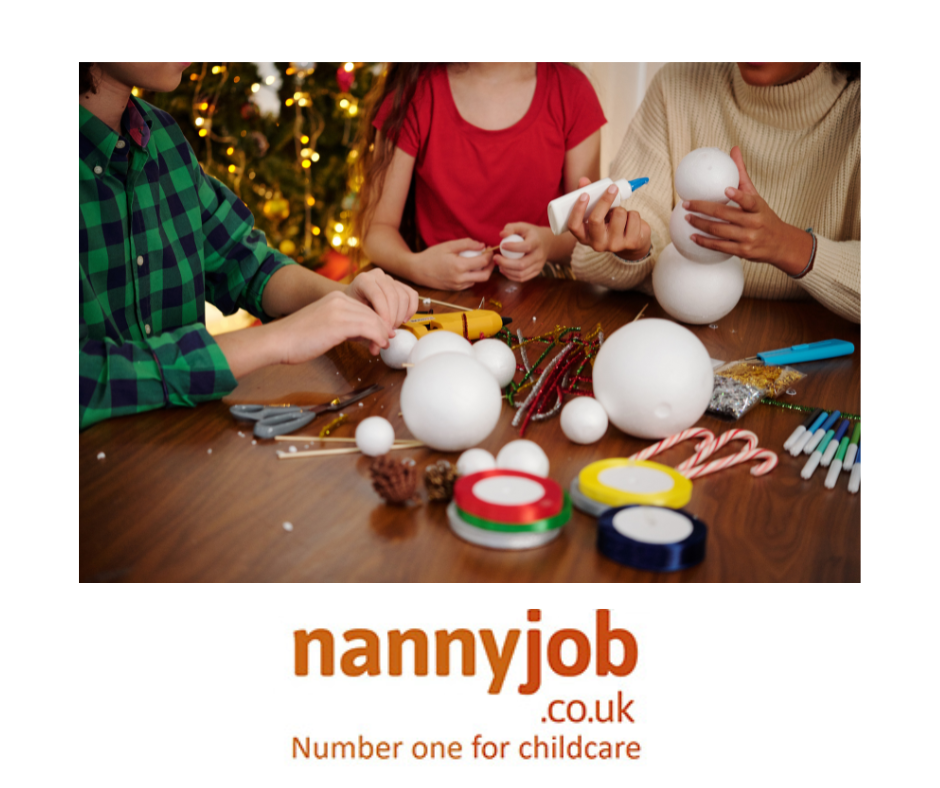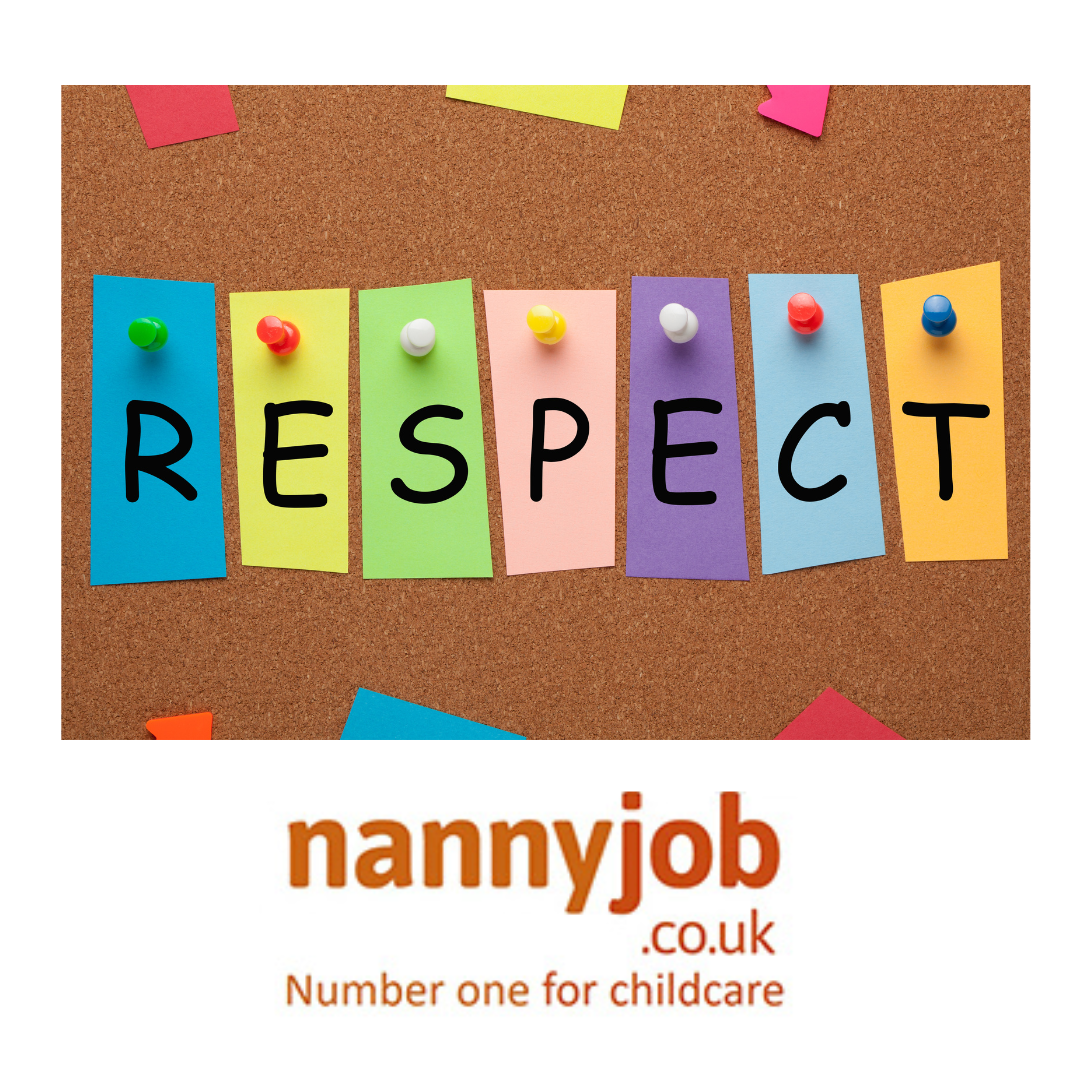When the winter chill sets in, keeping children entertained and active indoors becomes a priority for parents and nannies alike. Cold days don’t have to mean less fun. There are plenty of indoor activities that are not only enjoyable but also safe and engaging for kids. Here are some ideas to turn a cold day into an opportunity for indoor adventures.
1. DIY Craft Projects:
Crafting can be a wonderful way to engage children’s creativity. From making homemade snow globes using old jars to creating colorful paper snowflakes, the possibilities are endless. Crafting also helps in developing fine motor skills and encourages artistic expression.
2. Indoor Treasure Hunt:
Create a treasure hunt inside the house with clues leading to hidden “treasures.” This activity is not only fun but also stimulates problem-solving and critical thinking skills.
3. Baking Together:
Baking is a great way to teach children basic cooking skills and measurements. Whip up some simple recipes like cookies or cupcakes. The warmth of the oven and the joy of tasting their creations can make a cold day much cozier.
4. Build a Fort:
Using blankets, pillows, and furniture, let children build their own fort or indoor tent. It’s a fantastic way for them to use their imagination and have a little adventure in the safety of your living room.
5. Storytelling Sessions:
Gather around with some hot cocoa and have a storytelling session. You can read from a book or create a story together. This activity not only entertains but also improves listening and language skills.
6. Indoor Obstacle Course:
Set up a simple obstacle course using cushions, chairs, and soft toys. This can be an excellent way for kids to stay active and burn energy indoors.
7. Science Experiments:
Engage in some safe and simple science experiments like making a homemade volcano or a baking soda and vinegar reaction. It’s a fun way to learn scientific concepts.
8. Yoga and Exercise:
A little indoor yoga or a simple exercise routine can be a great way to keep kids active. There are many child-friendly yoga videos online that can guide you through a fun and relaxing session.
Remember, the key to a successful indoor day is variety and balance. Switching activities and including both active and calm periods will keep the kids engaged and happy all day long.









